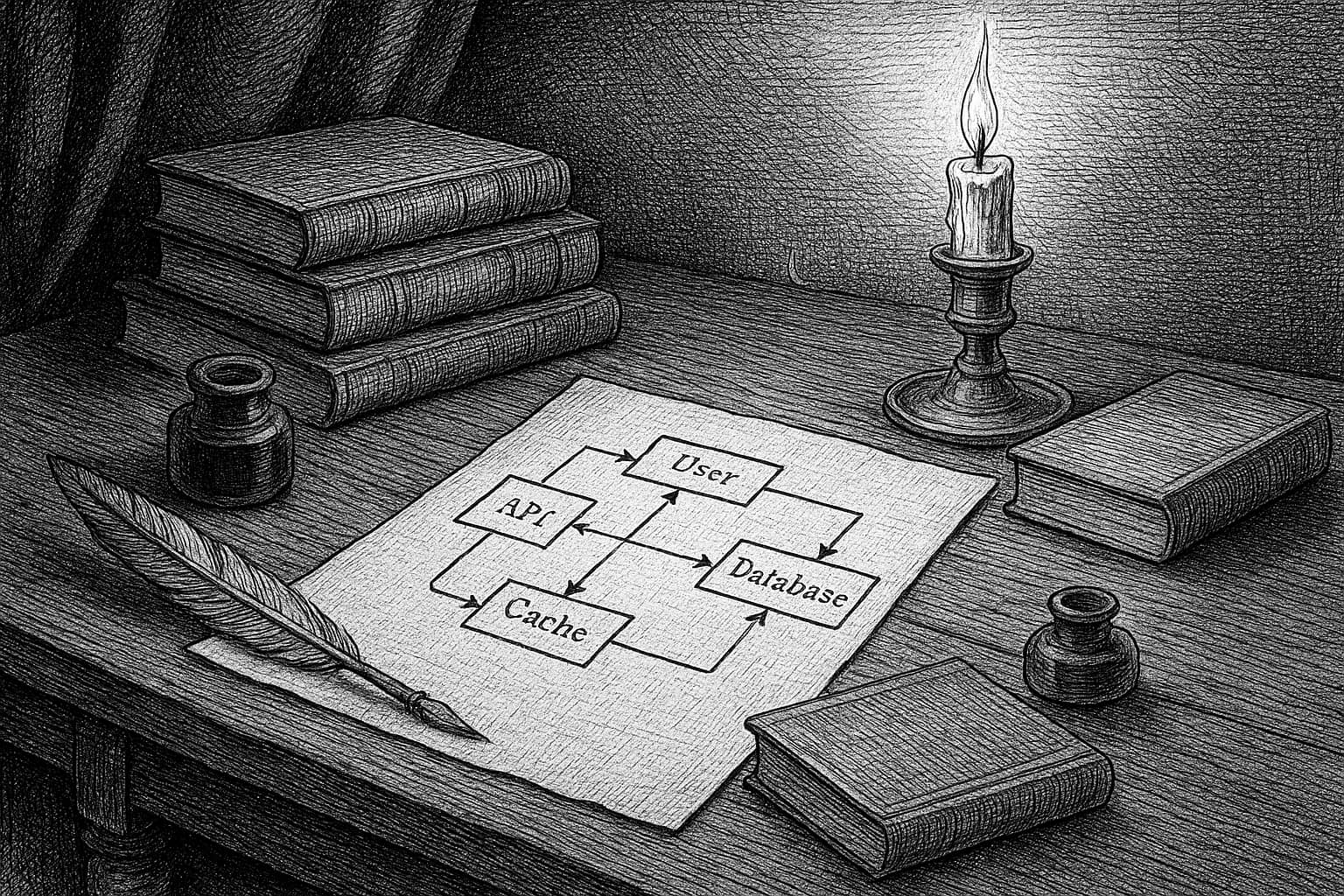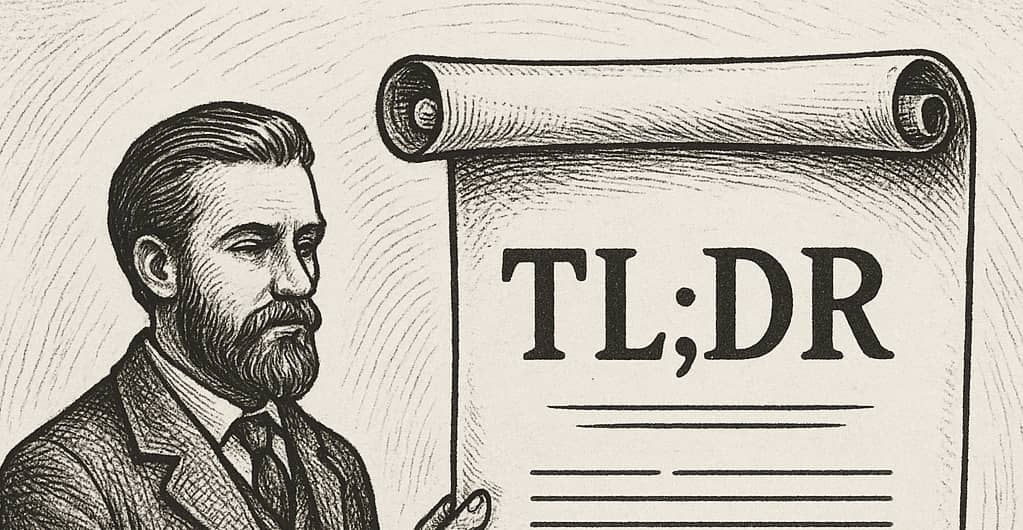The Seduction of a Good Diagram

Diagrams are often one of those things we take for granted in development. They’re either seen as a helpful tool or just a thing to throw into documentation to tick a box. But the more complex a system gets, the more I believe just how much a good diagram can do, even when code is king!
Why Diagrams Matter
When you’re deep in the build phase, it’s easy to rely on just the code to tell the story. But not everyone may see the system the same way you do. Diagrams give you a way to zoom out and make the moving parts visible to other teammates, probably even yourself 6 weeks from now.
Take system architecture, especially something complex, there are multiple components talking to each other, managing data, and handling interactions. Explaining that with code or words can take a long time and often leads to misunderstandings or random Wednesday afternoon Slack huddles. A well designed diagram, however, I believe can give everyone involved a clear view of how the system works in seconds.
Clarity vs Oversimplification
That said, a diagram should do more than just make things “look simple.” It’s easy to get carried away with the idea of simplifying things too much. A great diagram doesn’t just show the end result, it helps people understand the process. Cutting out too much detail can mislead or confuse your teammates. It’s about finding that sweet spot where the diagram communicates key ideas without glossing over the important complexities.
For example, if you’re showing how your app syncs data in the background, you want to make sure your diagram shows how things like error handling, retries, and offline support work. It’s these details that make the system robust and a good diagram should reflect that. You don’t want it to oversimplify leaving an onboarding dev with a false sense of security.
Striking the Right Balance
A great diagram in my view does two things: it makes things clearer and it provides enough information to be useful. The trick is in striking the right balance between simplicity and depth.
When designing any architecture diagram for an app, I don’t try to include everything in one go. Instead, I will focus on the key pieces, the major components, how they interact and where the data flows. But I also make sure not to miss critical elements like error handling or data persistence. A good diagram doesn’t leave out what’s necessary to understand how the system works in detail.
For me, it’s not about creating something that looks perfect or minimalistic. It’s about creating something that communicates the system’s architecture clearly and accurately without overwhelming the viewer with unnecessary details.
The Value of Diagrams in Development
Diagrams may not be the first thing that comes to mind when thinking about coding, but they’re an invaluable tool for simplifying complexity and ensuring everyone’s on the same page. When you’ve got multiple stakeholders, developers, designers, product managers, a diagram can help align everyone’s understanding quickly so you can focus on building the system, not explaining it over and over. Even if those hats all fall on yourself.
A good diagram is more than just a drawing. It’s a tool that helps make the invisible visible, turning abstract concepts into something concrete and easy to understand.

TL;DR
Consider giving diagrams a try if you’re not already using them in your workflow. They help to:
- Simplify complex systems: A clear diagram can instantly communicate how components interact or how data flows.
- Align teams or yourself: Diagrams are quick ways to get on the same page.
- Enhance understanding: Visualising the system helps avoid confusion and unnecessary back-and-forth.
It’s a key tool in making complex systems understandable, actionable and ultimately more efficient.
Big up them boxes and arrows!
- Notable Diagram Choices
Excalidraw Draw.io Whimsical Miro
